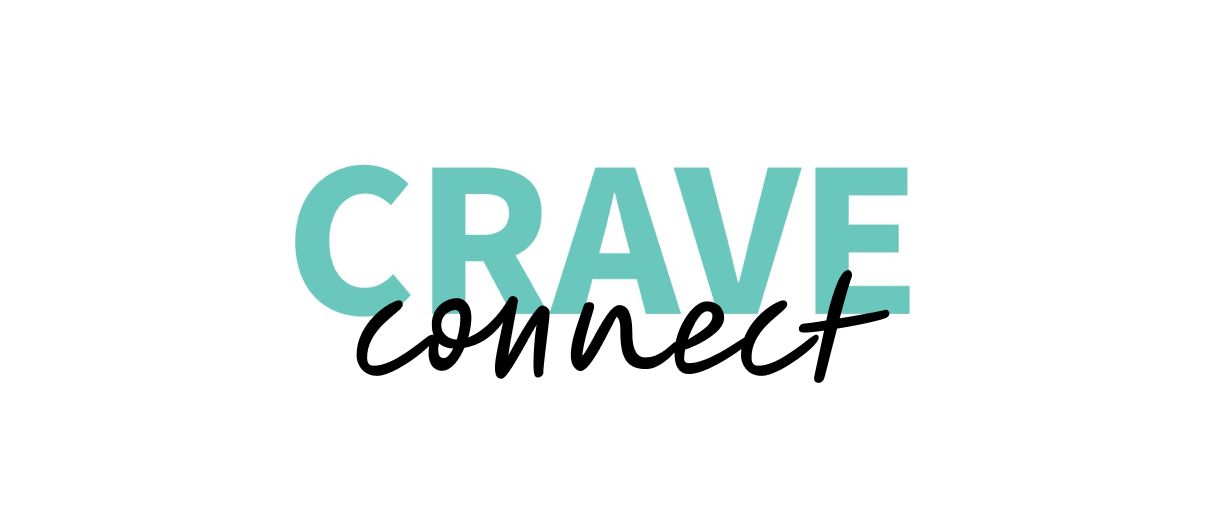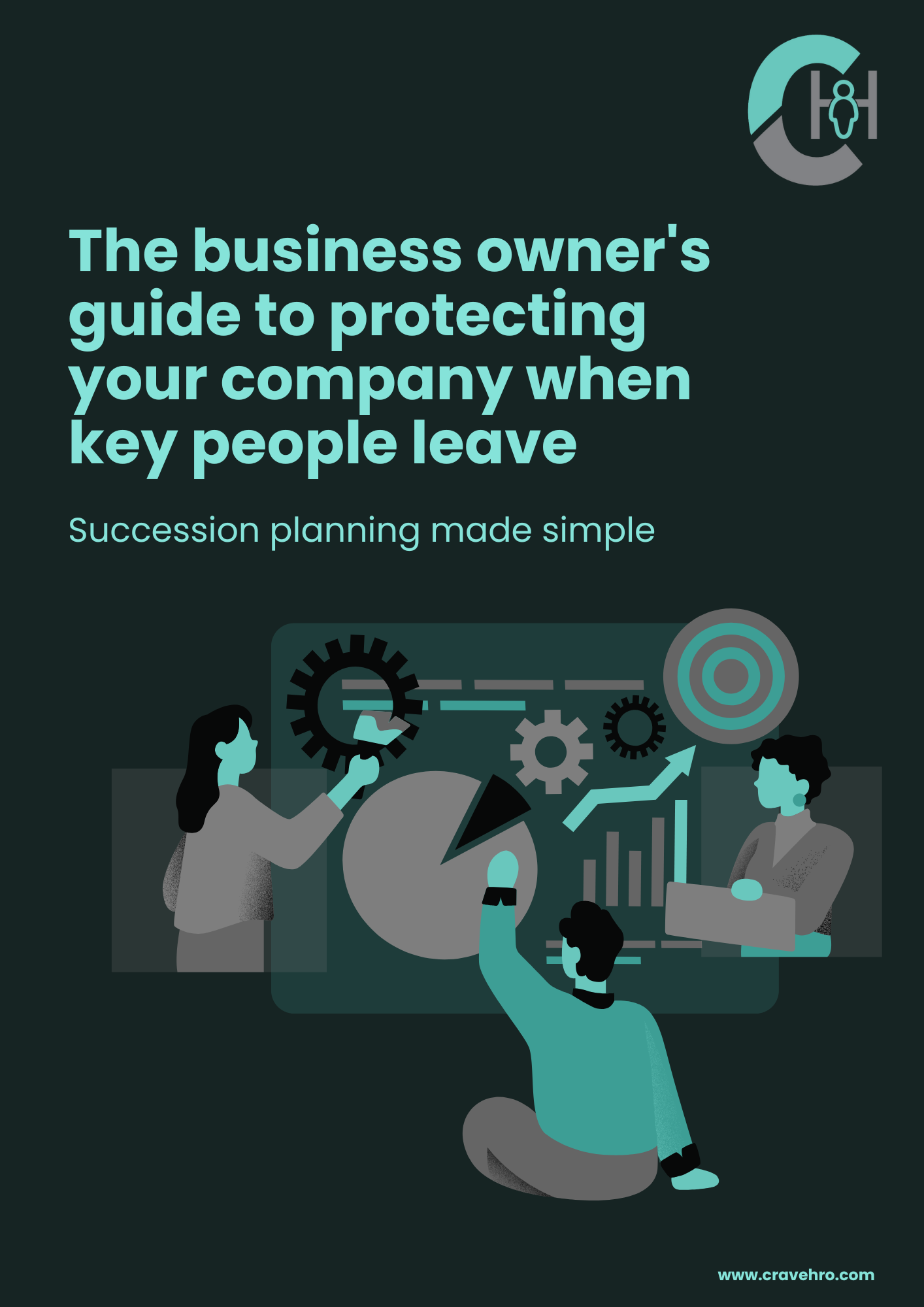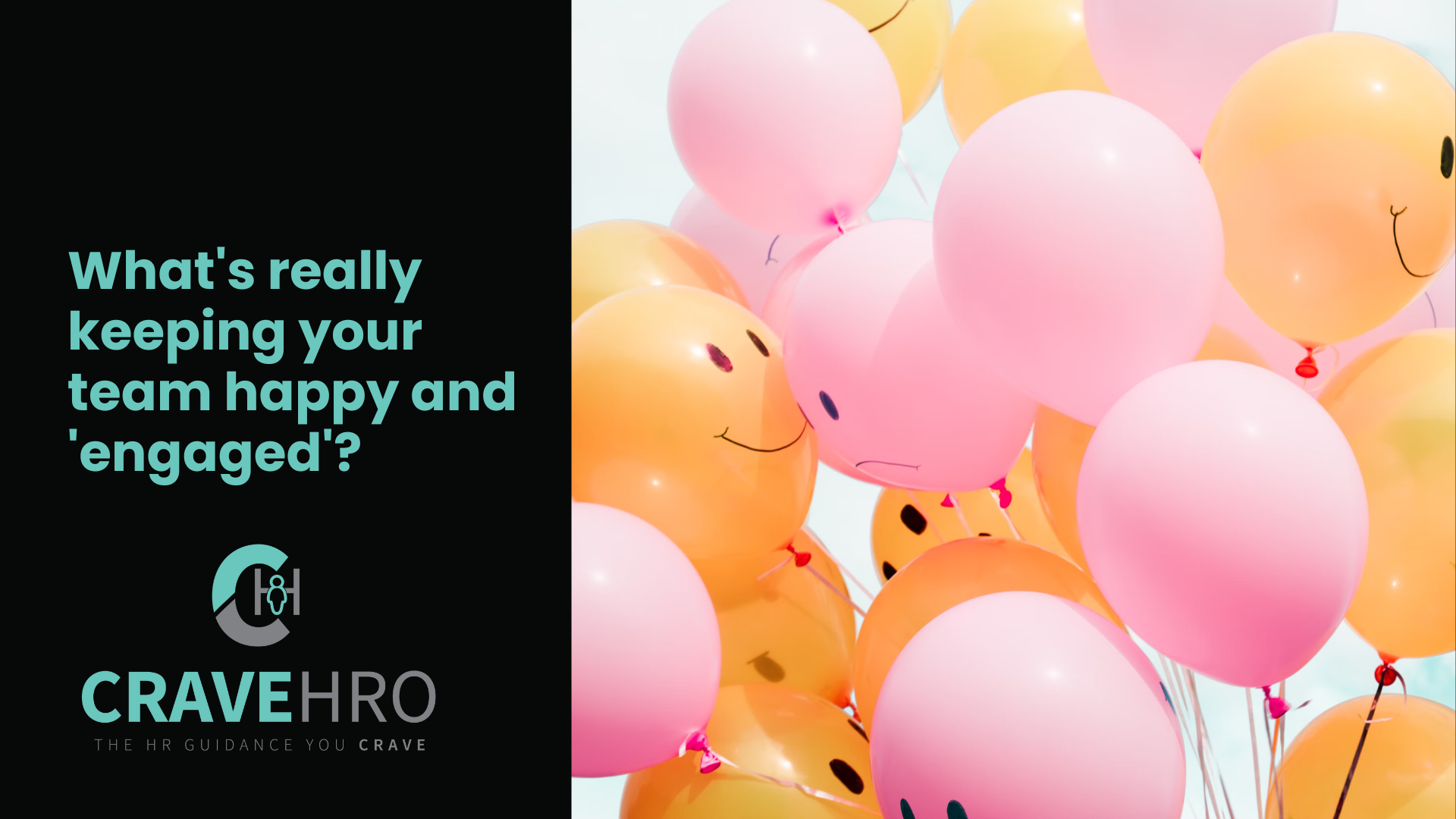Over the past several weeks I attended holiday parties hosted by my clients for their teams and I enjoy getting to spend downtime with the employees I support. Of course, there is always the standard "HR is in the room!" jokes, but I try to encourage everyone to feel comfortable and reap the rewards of their hard work - plus, I'm there to have fun too!
During one of the parties, karaoke was the entertainment for the evening. After one employee put on a show, they sat down next to me and whispered, "We're cool right?" Why wouldn't we be? They said they were nervous about singing in front of HR. While the song was totally office-friendly, they said they hoped that they didn't appear less professional in my eyes. I immediately knew that this individual was conditioned by either a bad experience with HR in the past or influenced by a preconceived notion about HR that made them feel unsafe to be themselves in my presence. A big part of being in HR is embracing that employees are also HUMAN. I wasn't singing along, not because I didn't approve of the activity, but because of my own human insecurities - you do you!
Human Resources is often misunderstood and misrepresented in the media, leading to misconceptions about what HR actually does and what we are responsible for. For example, we may be depicted as the "bad guys" who enforce rules and policies, or as being more concerned with paperwork and bureaucracy than with the well-being of employees.
Here are five common misconceptions about human resources:
- HR is just a paperwork department: While HR does handle a lot of paperwork, such as employee and benefits documents, this is only a small part of what we do. HR is responsible for a wide range of tasks, including talent management, employee engagement, and conflict resolution.
- HR is only there to discipline employees: While HR usually does have the authority to discipline employees when necessary, our primary focus is on helping employees succeed and grow within the organization. We work to create a positive work environment and support employees in their professional development.
- HR is only there to protect the company: While HR does have a role in protecting the interests of the company, we also have a responsibility to advocate for employees and ensure that they are treated fairly and with respect.
- HR only deals with employees: HR also works closely with managers and other leaders within the organization to help them develop the skills and strategies needed to manage their teams effectively.
- HR only deals with work-related issues: While HR is primarily focused on work-related issues, we are also trained to assist with personal issues that may impact an employee's performance. This can include things like stress, mental health concerns, or family-related issues.
While many people think of HR as simply a place to go when you need to file a complaint, it is much broader and more impactful. By dispelling these misconceptions and understanding the value that HR brings to the table, we can all work together to create a better workplace.
HR is a challenging and rewarding field. HR plays a key role in shaping the culture of an organization. This includes developing strategies for employee retention, as well as attracting new talent to the organization. In order to accomplish this, HR must be a champion of creating a healthy workplace culture. A healthy workplace culture is one that is positive, supportive, and promotes the well-being of all employees.
Some key elements of a healthy workplace culture include:
- Trust: A healthy workplace culture is built on trust. Employees should feel that they can trust their colleagues and their leaders.
- Respect: A healthy workplace culture is one where all employees are treated with respect and dignity, regardless of their position or role.
- Communication: Clear and open communication is essential for a healthy workplace culture. Employees should feel that they can ask questions and share their ideas without fear of being judged or dismissed.
- Support: A healthy workplace culture provides support for employees when they need it, whether it's through training, resources, or simply a listening ear.
- Balance: A healthy workplace culture promotes work-life balance, recognizing that employees have lives outside of work and that they need time to rest and recharge.
- Growth: A healthy workplace culture supports employee growth and development, both personally and professionally. This includes providing opportunities for learning and advancement.
Gone are the days when the HR Department was viewed as a necessary, but evil, function of the workplace. HR professionals are now more widely in demand and regarded and respected as strategic partners in employee-related initiatives within progressive organizations. Overall, the true role of HR is to support the people within an organization and contribute to creating a work environment that is positive, productive and conducive to the mutual success of both the employer and the employee.











